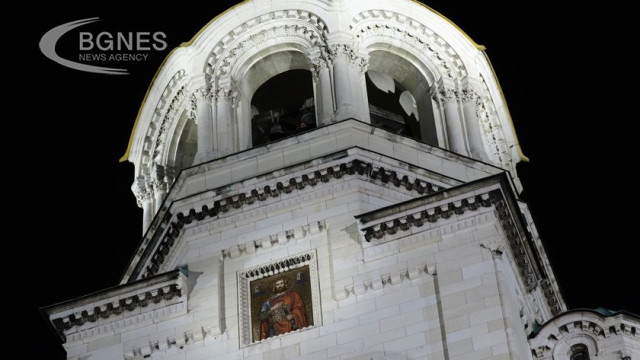On December 25, we celebrate the Nativity of Christ - Christmas. It is one of the biggest church holidays in the Christian world.
The holiday begins in the early hours of December 25. It is a kind of continuation of Christmas Eve. On it Christians celebrate the birth of the Son of God Jesus Christ.
According to the Gospel, Christ was born in a cave in the city of Bethlehem, in the province of Judea. At the moment of the nativity, an extraordinary light blazes in the sky and an angel announces that the Savior has come into the world. The shepherds of Bethlehem were the first people to worship God the Son. Three eastern kings also worship him, summoned to the place by the star that rose above in the sky. Following the customs of the time, the kings presented gifts of gold, frankincense and myrrh.
Orthodox Christians celebrate the Nativity of Christ as solemnly as Easter. For Catholics and Protestants, Christmas is the most revered holiday. Christmas is one of the 20 church holidays in Bulgaria. It is celebrated on December 25 (Gregorian and New Julian), January 6 by the Armenian Church, and January 7 (Julian). In Bulgaria, it is an official holiday with the decision of the 9th National Assembly on March 28, 1990.
In predominantly Christian countries, Christmas is the most economically significant holiday of the year, and it is also celebrated as a secular holiday in many countries with a small Christian population. It is associated with the exchange of gifts in the family, as well as gifts from Santa Claus and other mythical characters.
According to most historians, the first celebration of the Nativity of Christ took place in Rome in 336 AD. The name Christmas in Bulgarian - "Koleda" comes from the Roman holidays Kalendi, dedicated to the winter solstice (from the word "calende"). Until the IV century, there was no holiday dedicated to the birth of Christ in the Calendar of the Orthodox Church. His resurrection and return to heaven and his baptism are celebrated. The separation of the two holidays took place only in the IV-V centuries under the influence of ancient pagan beliefs. It was in the days between December 17 and 23 that the representatives of the old faith in Rome celebrated the god Saturn, and on December 25 the Romans celebrated the sun and its victory over darkness. Calendar rites among the Slavs are connected with the beginning of the year, with the solar cycle in December. As the Christian religion spread, the birth of the Sun God was linked to the symbolic name-designation given to Christ as the "sun of righteousness".
In the 20th century, the Bulgarians added to the Christmas ritual another element brought from Western Europe - the shining Christmas tree. Christ comes to earth to sanctify people and their kingdom. With his coming he brings a particle of the holiness of heavenly peace - the beautiful, fruit-laden Paradise tree. Therefore, the Christmas tree is filled with figures of angels, Santa Claus, garlands, balls, candles, symbolizing the essence of Christ (light, knowledge, purity, truth).
Folk tradition is connected with the custom of caroling. Main participants are boys of pre-marriage age. Their preparation starts from Ignazhden. Then the Christmas carols are learned, the carol groups are created, the leader of the group is determined, who is older and married. The festively dressed carolers have kalpaks decorated with tassels, and they carry "patterned sticks" in their hands. The time for Christmas is strictly defined by tradition - from midnight to sunrise on Christmas Day. Karakonjoli, vampires, goblins, etc. then appear in the folk imagination. supernatural beings. Carolers with their songs have the power to drive them away.
At Christmas, fasting ends and the lunch is blissful and very rich. A pie with a variety of fillings - meat, cabbage, mushrooms, leeks, pumpkin, etc. must be served on it. The main dishes in this and the following ones are made from pork.
Meal: pita, pie, pacha, roast liver, pastrami with cabbage, pork with leek, roast chicken.
On the Christmas table, you can see breads and cakes of various shapes and patterns, which are also associated with the great holiday, and are also sung in carolers' songs. Many of them, according to old traditions, are in the shape of various agricultural tools, with which the land is cultivated to produce wheat, or on them are painted and marked the village tools, crafts, household goods, domestic animals, without which life in the village is unthinkable . Some of these important figures for the family are outlined with walnuts, with apple slices, others are colored according to the taste and imagination of the owner. Besides these, kravai or small loaves with crosses are kneaded and baked, which are given to the carolers when they sing at the road gate. A coin is also placed on some of them - a symbol of prosperity and wealth.
According to the oldest traditions, the flour for these religious breads or loaves is sifted three times to make it "silky", as it is sung about, and the water with which it is mixed must be brought in a white bowl by a maiden or young bride in the house who has not yet given birth. /BGNES







